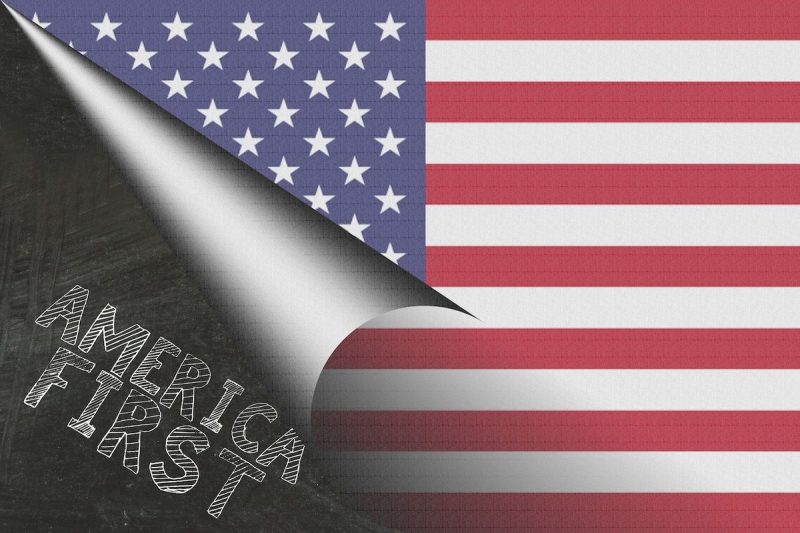President Donald Trump’s economic policies and vision for US trade have reignited speculation about a potential multinational deal aimed at addressing what some view as a persistently overvalued dollar.
Although no formal agreement has been announced, analysts have coined the term “Mar-a-Lago Accord” to describe a possible effort to rebalance global currency markets, borrowing from the 1985 Plaza Accord.
Origins of the ‘Mar-a-Lago Accord’
The phrase has gained traction following a paper written in November 2024 by Stephen Miran, Trump’s nominee for the White House Council of Economic Advisers. In it, Miran proposed several strategies to reform global trade and counteract the economic imbalances caused by what he called an excessively strong dollar.
Similarly, incoming Treasury Secretary Scott Bessent suggested in June 2024 that a “grand economic reordering” could take place in the coming years.
While details remain speculative, the general premise behind the Mar-a-Lago Accord revolves around Trump’s commitment to boosting American manufacturing and exports.
The challenge, however, lies in the dollar’s current strength, which makes US goods less competitive abroad. With the US trade deficit reaching a record US$1.2 trillion in 2024, some economists argue that a weaker dollar could help bridge the gap by making American exports more attractive.
The idea of a coordinated effort to weaken the dollar is not new. In 1985, the US and key trading partners—including Japan, France, the UK, and West Germany—agreed to the Plaza Accord, a deal aimed at curbing the dollar’s strength.
At the time, US manufacturers were struggling against Japan’s export dominance, much like today’s concerns regarding China.
The Plaza Accord succeeded in lowering the dollar’s value, but it also had unintended consequences, such as Japan’s economic stagnation in the 1990s.
Potential mechanisms of a Mar-a-Lago Accord
If such an agreement were to take shape, it could involve several key components. Trade and tariff adjustments could be central, as Trump has floated the idea of replacing the Internal Revenue Service with an “External Revenue Service” that collects funds from foreign countries, indicating a shift toward economic policies that could pressure trading partners into compliance.
Currency interventions might also play a role, with governments potentially agreeing to coordinated efforts in foreign-exchange markets to adjust currency values.
However, given today’s massive US$7.5 trillion daily forex trading volume, direct interventions might be less effective than they were in the 1980s.
Adrian Day, president of Adrian Day Asset Management, notes that these ideas form a “loose collection of disparate policies” rather than a cohesive plan.
He also emphasized that Trump often starts negotiations with extreme positions before settling on more moderate policies.
A significant aspect of this discussion revolves around security. The US has long subsidized defense for Europe and other allies, and Trump has suggested that foreign governments should bear a larger financial burden.
Debt restructuring is another controversial idea. “The US will require foreign governments who hold Treasuries to exchange those Treasuries for 100-year non-tradable zero coupons,” Day noted, adding that the proposal ties these exchanges to security commitments, using military presence as leverage.
“Carrot and stick—we’ll keep the Seventh Fleet in the Red Sea if you exchange your Treasuries, but if you don’t, you’re on your own.”
A weaker dollar could lead to higher inflation by increasing the cost of imports. Investors who traditionally see US assets as a safe haven might also shift capital toward alternative currencies such as the euro or yen.
Furthermore, any attempt to force trading partners into an unfavorable debt swap could disrupt the US$29 trillion Treasury market, a cornerstone of global finance.
What It means for gold
One of the most consistent takeaways from discussions around the Mar-a-Lago Accord is its bullish implications for gold.
A weaker dollar historically drives demand for gold as a store of value, and uncertainty surrounding U.S. debt policies could further boost the metal’s appeal. “Every single one of these proposals is gold bullish,” Day remarked.
An additional subject of market speculation is the idea that the administration could try to make use of the country’s gold stockpile. At current market prices, the gold held in Fort Knox, Kentucky, and other locations would be worth about US$758 billion, but it is valued at only US$11 billion on the Federal Reserve’s balance sheet due to a 1973 law that set its price.
Trump and Elon Musk have both expressed interest in verifying that the gold reserves remain intact, fueling further speculation.
Meanwhile, Bessent has discussed the potential of monetizing “the asset side of the US balance sheet for the American people,” though he has clarified that a gold revaluation is not what he had in mind.
Analysts speculate that any push to devalue the dollar while restructuring US obligations could set off a chain reaction in commodities markets, further amplifying gold’s importance.
If foreign investors perceive US economic policies as a shift away from traditional fiscal discipline, they may increase their allocations to gold as a hedge against potential volatility in Treasury markets.
While the Mar-a-Lago Accord remains more of a concept than a concrete policy, its potential implications are vast. The coming months will reveal whether the Trump administration formally pursues these strategies or if they remain theoretical discussions among economists and strategists.
Securities Disclosure: I, Giann Liguid, hold no direct investment interest in any company mentioned in this article.

